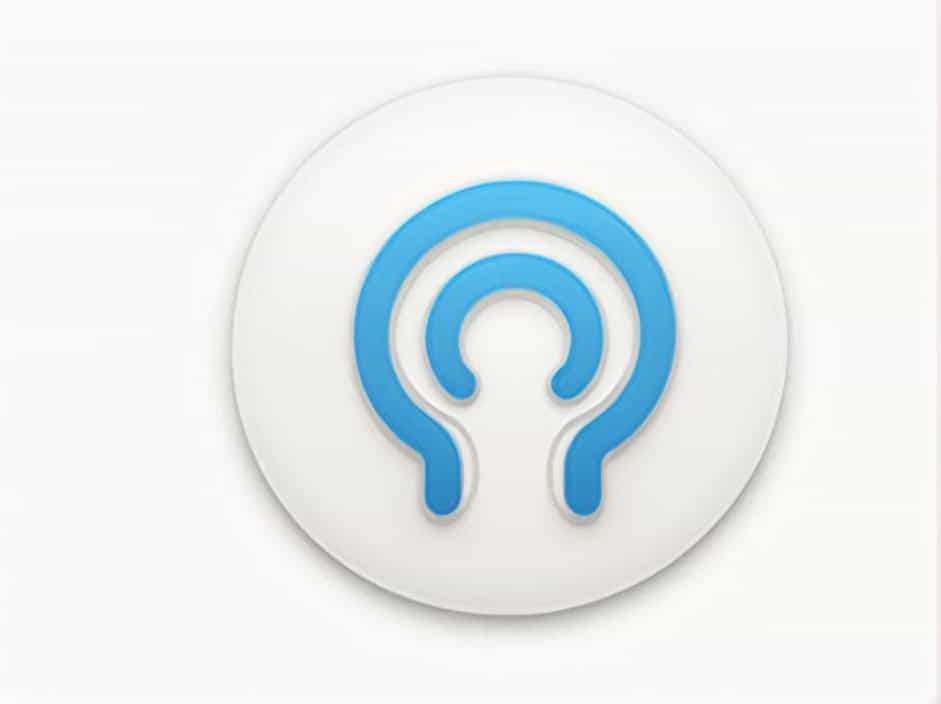The inner ear is a complex structure responsible for both hearing and balance. Two of its most essential components are the vestibule and the cochlea. The vestibule plays a crucial role in maintaining equilibrium, while the cochlea is responsible for converting sound waves into nerve impulses that the brain can interpret as hearing.
In this topic, we will explore the anatomy, function, and importance of the vestibule and cochlea, as well as common disorders that affect these structures.
Anatomy of the Inner Ear
The inner ear, also known as the labyrinth, consists of two main parts:
- The bony labyrinth, which houses fluid-filled chambers.
- The membranous labyrinth, which contains sensory organs for hearing and balance.
The vestibule and cochlea are part of the bony labyrinth, filled with perilymph, a fluid essential for their function.
1. The Vestibule: The Center of Balance
The vestibule is the central part of the bony labyrinth, located between the cochlea (responsible for hearing) and the semicircular canals (which assist in detecting rotational movements).
Structure of the Vestibule
The vestibule contains two important sensory organs:
- Utricle – Detects horizontal movements (e.g., moving forward in a car).
- Saccule – Detects vertical movements (e.g., going up in an elevator).
These structures contain hair cells with otoliths (tiny calcium carbonate crystals) that help detect motion and gravity.
Function of the Vestibule
The vestibule plays a key role in balance and spatial orientation by:
- Sensing linear acceleration and gravitational changes.
- Sending signals to the brainstem and cerebellum to help maintain posture and coordination.
2. The Cochlea: The Organ of Hearing
The cochlea is a spiral-shaped, snail-like structure that is responsible for converting sound waves into electrical impulses that the brain can process as sound.
Structure of the Cochlea
The cochlea consists of three main chambers:
- Scala Vestibuli (upper chamber) – Contains perilymph and connects to the oval window, where sound waves enter.
- Scala Media (Cochlear Duct) – Houses the organ of Corti, the primary sensory organ for hearing.
- Scala Tympani (lower chamber) – Also contains perilymph and connects to the round window, allowing sound wave dissipation.
Function of the Cochlea
- Receives sound waves through the oval window, where vibrations travel through the scala vestibuli.
- The organ of Corti contains hair cells that respond to different frequencies, converting mechanical energy into electrical signals.
- These electrical impulses travel via the cochlear nerve (auditory nerve) to the brain, where they are interpreted as sound.
How the Vestibule and Cochlea Work Together
The vestibule and cochlea function together to help us navigate our environment by coordinating balance and hearing. The vestibular system ensures stability, allowing us to focus on sounds while moving, while the cochlea processes auditory information, enabling communication and awareness.
For example, when you turn your head, the vestibular system adjusts your eye movements and posture while the cochlea continues processing sounds without interruption.
Common Disorders of the Vestibule and Cochlea
Several conditions can affect the function of the vestibule and cochlea, leading to problems with hearing and balance.
1. Vestibular Disorders
Vestibular disorders affect balance and spatial orientation. Common conditions include:
Benign Paroxysmal Positional Vertigo (BPPV)
- Caused by loose otoliths in the vestibule.
- Leads to brief episodes of dizziness when moving the head.
Meniere’s Disease
- Affects both the vestibule and cochlea, causing vertigo, hearing loss, and tinnitus (ringing in the ears).
- Associated with excess fluid (endolymph) buildup in the inner ear.
Vestibular Neuritis
- Inflammation of the vestibular nerve, leading to severe dizziness (vertigo) and imbalance.
- Often caused by a viral infection.
2. Cochlear Disorders
Cochlear disorders primarily affect hearing and auditory perception.
Sensorineural Hearing Loss (SNHL)
- Results from damage to cochlear hair cells or the auditory nerve.
- Can be caused by aging, loud noise exposure, infections, or genetic factors.
Tinnitus
- A persistent ringing, buzzing, or humming sound in the ears.
- Often linked to cochlear damage from loud noise, stress, or ear infections.
Cochlear Implants for Hearing Loss
For individuals with severe hearing loss, cochlear implants can be used to bypass damaged hair cells and directly stimulate the auditory nerve, restoring some degree of hearing.
Protecting the Vestibule and Cochlea
To maintain optimal hearing and balance, it is important to protect the vestibule and cochlea from damage.
1. Avoid Loud Noises
- Use ear protection in loud environments.
- Keep volume levels at a safe range when using headphones.
2. Maintain Good Ear Health
- Avoid inserting objects into the ear.
- Seek treatment for ear infections to prevent complications.
3. Stay Physically Active
- Balance exercises like yoga and tai chi strengthen the vestibular system.
- Staying active helps prevent vestibular disorders.
4. Seek Medical Attention for Dizziness or Hearing Loss
- Early diagnosis can help manage vestibular and cochlear disorders effectively.
- A hearing test (audiometry) can detect early signs of cochlear dysfunction.
The vestibule and cochlea are vital components of the inner ear, responsible for balance and hearing. While the vestibule helps us maintain equilibrium, the cochlea enables us to perceive sound. These two structures work together to help us navigate the world safely and efficiently.
Protecting the inner ear through healthy lifestyle choices and medical care is essential for maintaining good hearing and balance throughout life.
